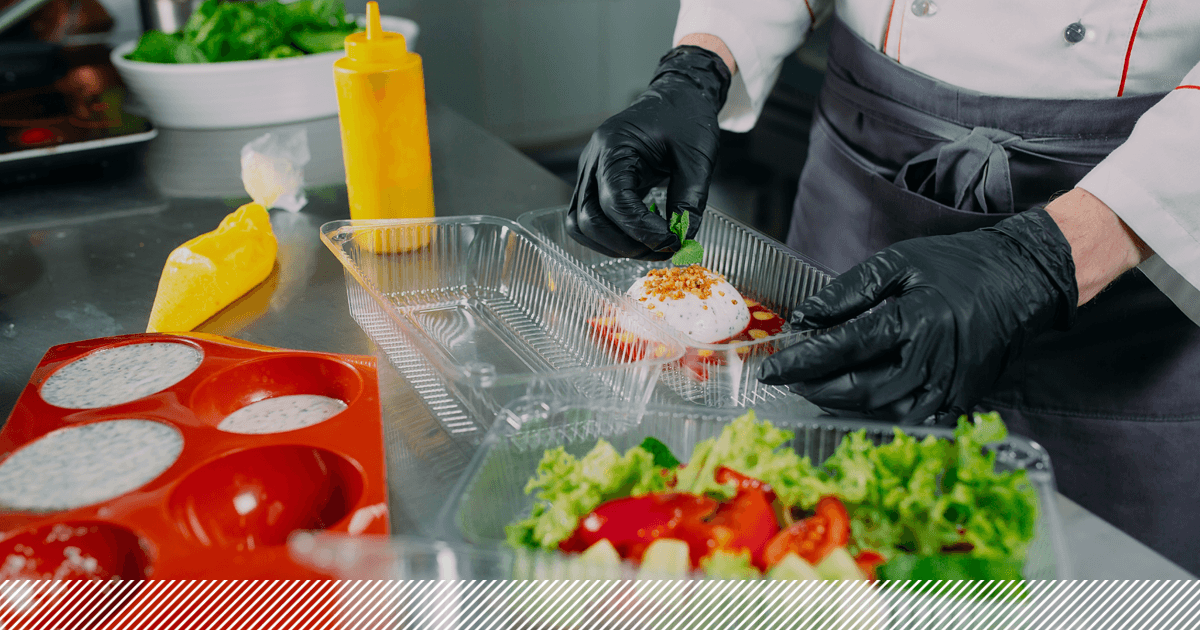4 tips to create a more food-waste aware menu

Restaurants deal with two primary costs: food and labor. In the current foodservice environment, kitchens have to get truly creative in order to meet the financial obligations of the business. Labor cost is and will always be a struggle to get a handle on. Too much labor and money is wasted, not enough and your business and customer satisfaction suffers. Food cost on the other hand, is something you have more control over. It takes being diligent and deliberate on all purchases and getting the most from all your inventory. Controlling your food waste is a key component of bringing your food spend down. Here are some tips to help you develop a food-waste aware menu that will help you keep your food cost and food waste in line.
Go small-batch
Utilize your excess inventory, leftovers or trim that might otherwise go to waste to create small-batch menu features. This allows you to create a feature menu that has exclusive, get-them-while-they-last dishes, and make food out of scraps too small for the full menu. Let your customers know that these dishes are only made in small quantities, to up the exclusivity factor–and possibly a more robust price tag. Diners are more adventurous now than ever, and will soon start to line up for surprise small plates. Focus on the trim waste and the overproduction from the hot or cold lines to create new features.
Let your menu tell your food waste reduction story
If your operation doesn’t spell out the commitment to reducing restaurant food waste, let the menu do the talking by using key terms that tell diners how ingredients are reused. Let diners know that certain ingredients may change depending on the day’s delivery. Pepper the menu with terms that highlight food waste solutions like "brine", "cured", "dehydrated" and "fermented". Highlight the culinary team's commitment to "nose-to-tail," and speak to how ingredients rotate seasonally.
Don’t just plan a menu on dishes, but ingredients
Restaurants generally don’t buy food without a plan for it. They have a clear menu that serves as the basis of their ordering. Additionally, in restaurants with changing menus, they incorporate what they have on hand into the upcoming menu. If they served chicken one week and have leftovers, they may have chicken soup, chicken tacos or chicken salad on the following week’s menu. Menu planning and ingredient planning ensures you only buy what you need, but also pushes you to use up what you have on hand so that as little as possible is wasted. Be sure that all purchased ingredients are able to be used in multiple menu items.
Use smaller plates
Over-serving is a big problem in restaurants for a number of reasons. One of those is waste. Rework your menu and bring some of your items and ideas to life on smaller plates. Use small plates to try out new menu items, give tastings, and utilize those repurposed ingredients with new features. Small plates are great to reduce the portion size and waste of items already on the menu as well as introduce new menu items. Money is saved on two key areas: food and labor. You save on food waste by reducing portion sizes that are more in line with what your diner can eat and you save on labor by not prepping food that will not be eaten.
Lastly, make sure your menu isn’t a novel. Having too many options will lead to needing many different ingredients. Keep your menu simple; it will make your dishes more consistent and reduce your overall waste.
With the right plan, it doesn’t need to be a huge adjustment for your menu to be more efficient. And once your profits start to reflect the changes, you’ll have all the motivation you need to make waste prevention a regular priority at your eatery.
Sign up for our monthly newsletter for the latest in
food waste prevention initiatives, best practices, webinars and more.